Graduate School Research Methods: Research Paper Critique
VerifiedAdded on 2023/06/10
|12
|1380
|280
Homework Assignment
AI Summary
This assignment requires a critical analysis of a research paper, focusing on its structure, methodology, and findings. The student is tasked with finding a research article not in the IMRAD format (Introduction, Methodology, Results, and Discussion) and then summarizing it using the IMRAD format. Furthermore, the student must answer a series of guide questions to critique the research paper, evaluating aspects such as clarity of aims, hypotheses, operationalization of variables, study design, sample description, statistical analysis, reporting of results, discussion of results in relation to hypotheses, limitations, and generalizability. Finally, the assignment includes an analysis based on research concepts and principles, discussing communication methods in online education. The student also provided a list of references used in the assignment. This assignment is designed to improve the student's ability to evaluate and understand research methodologies and results.
1 out of 12
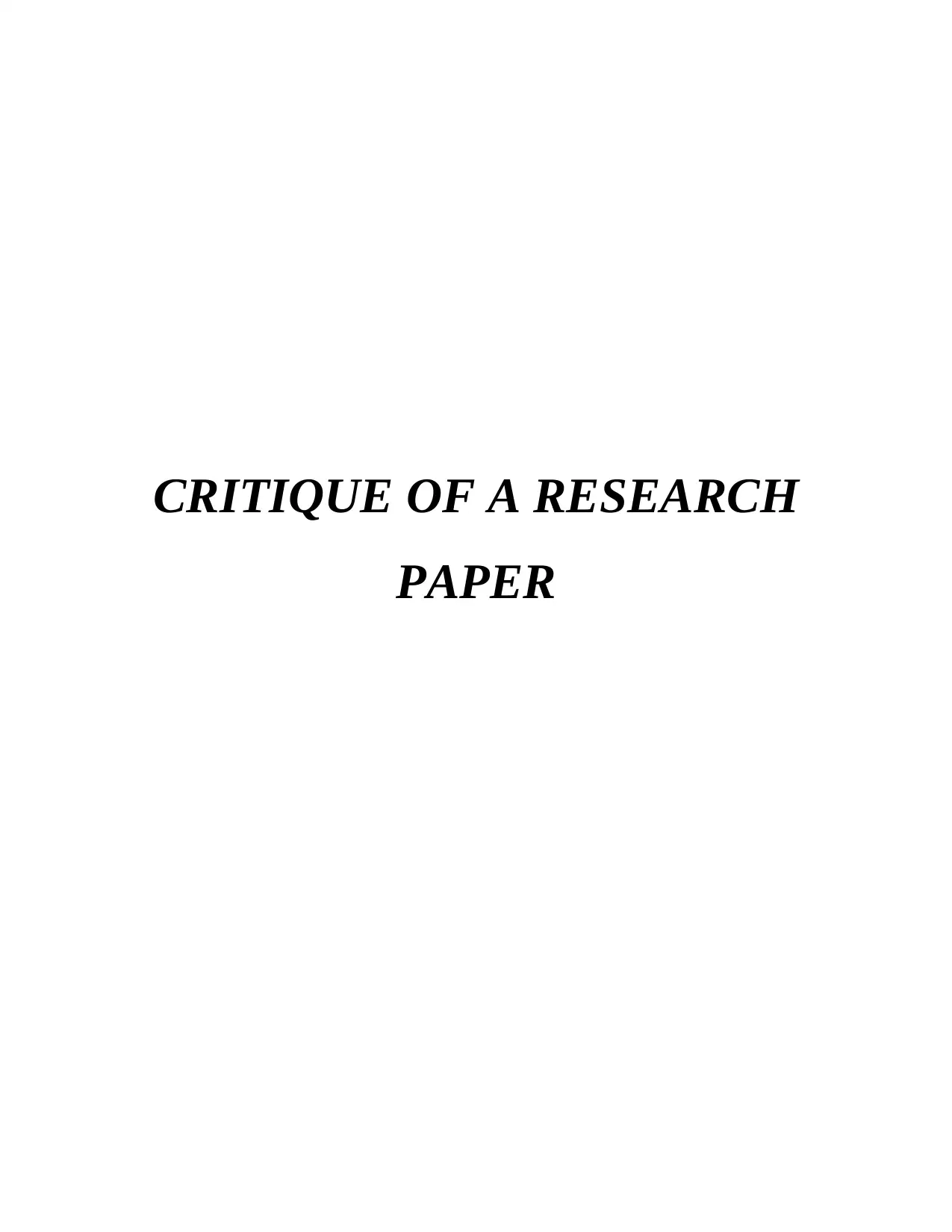
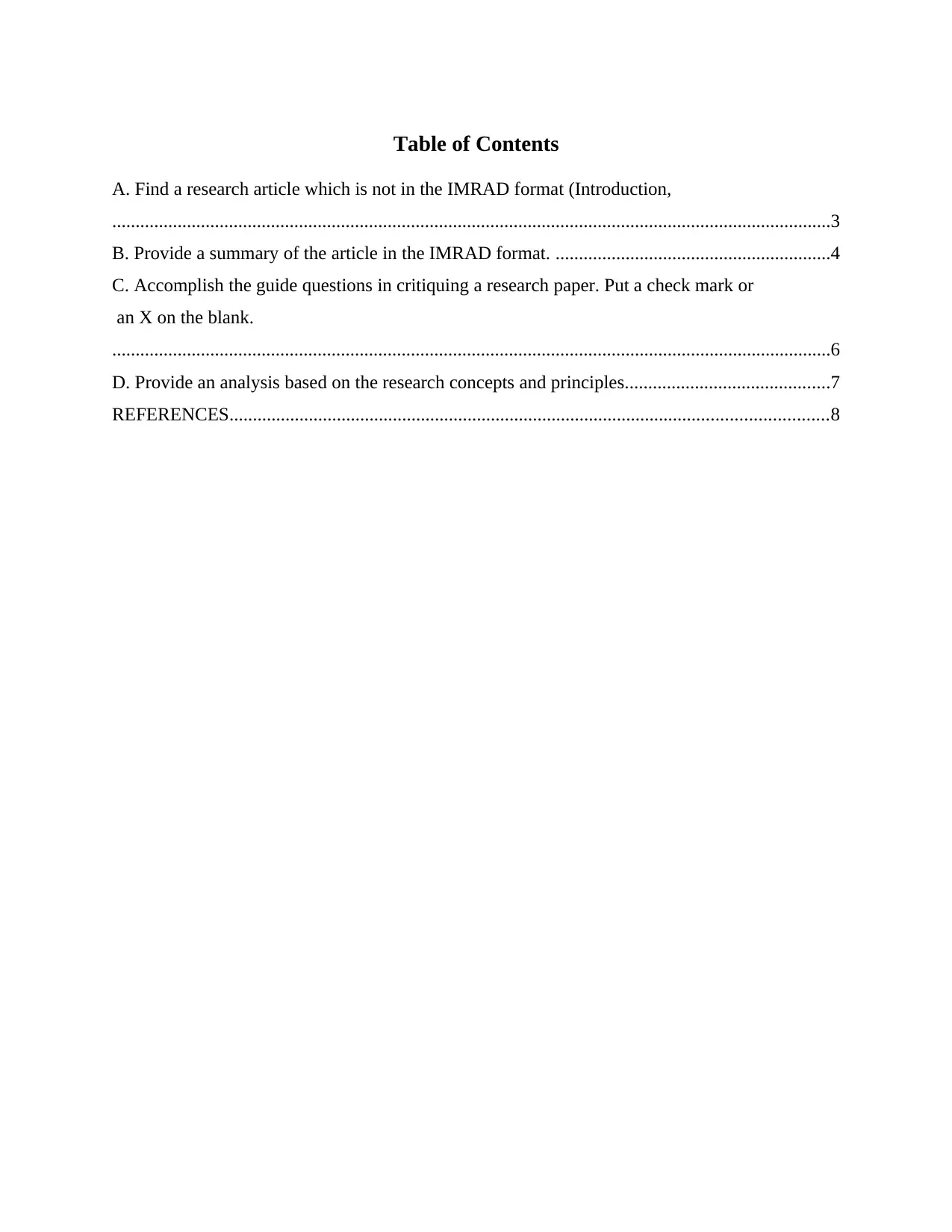
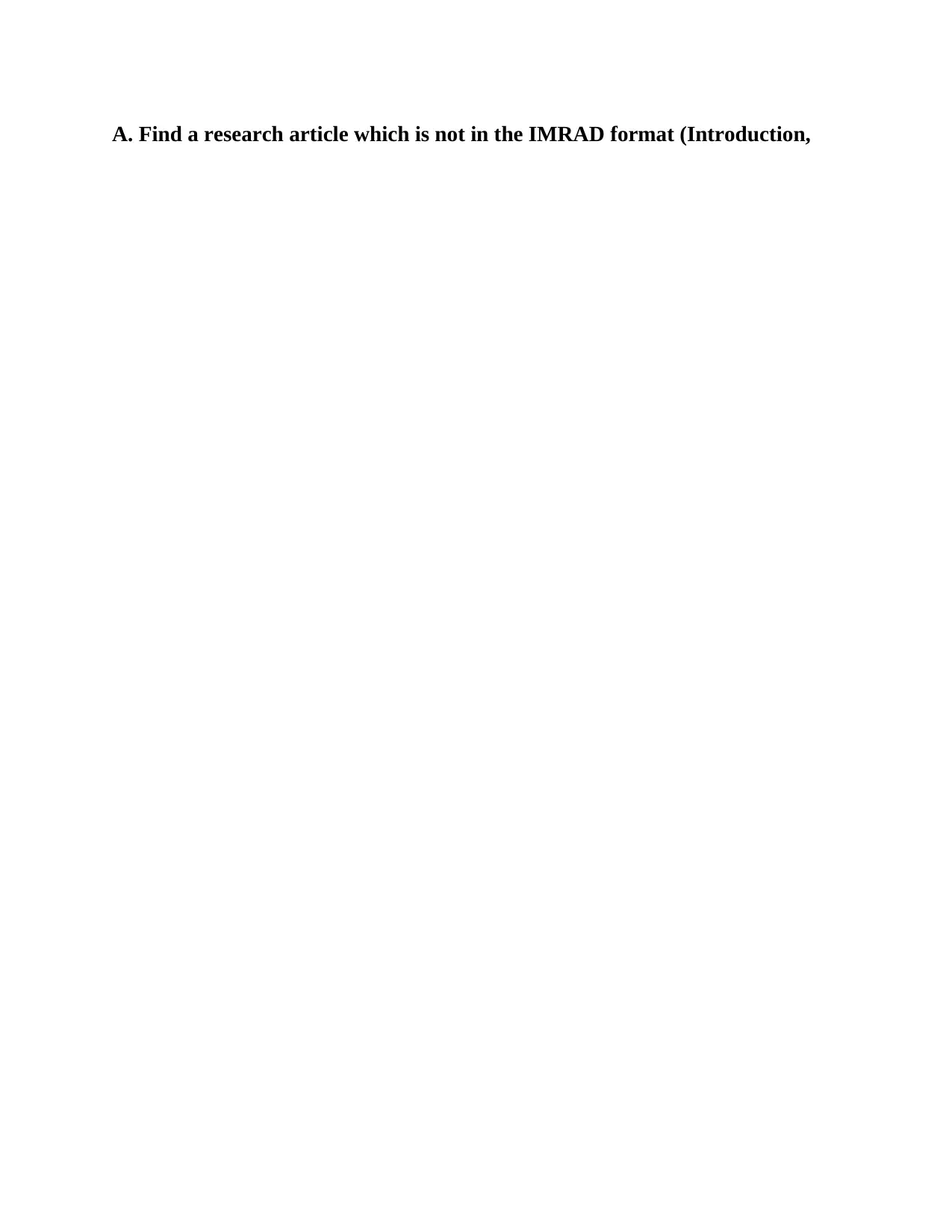
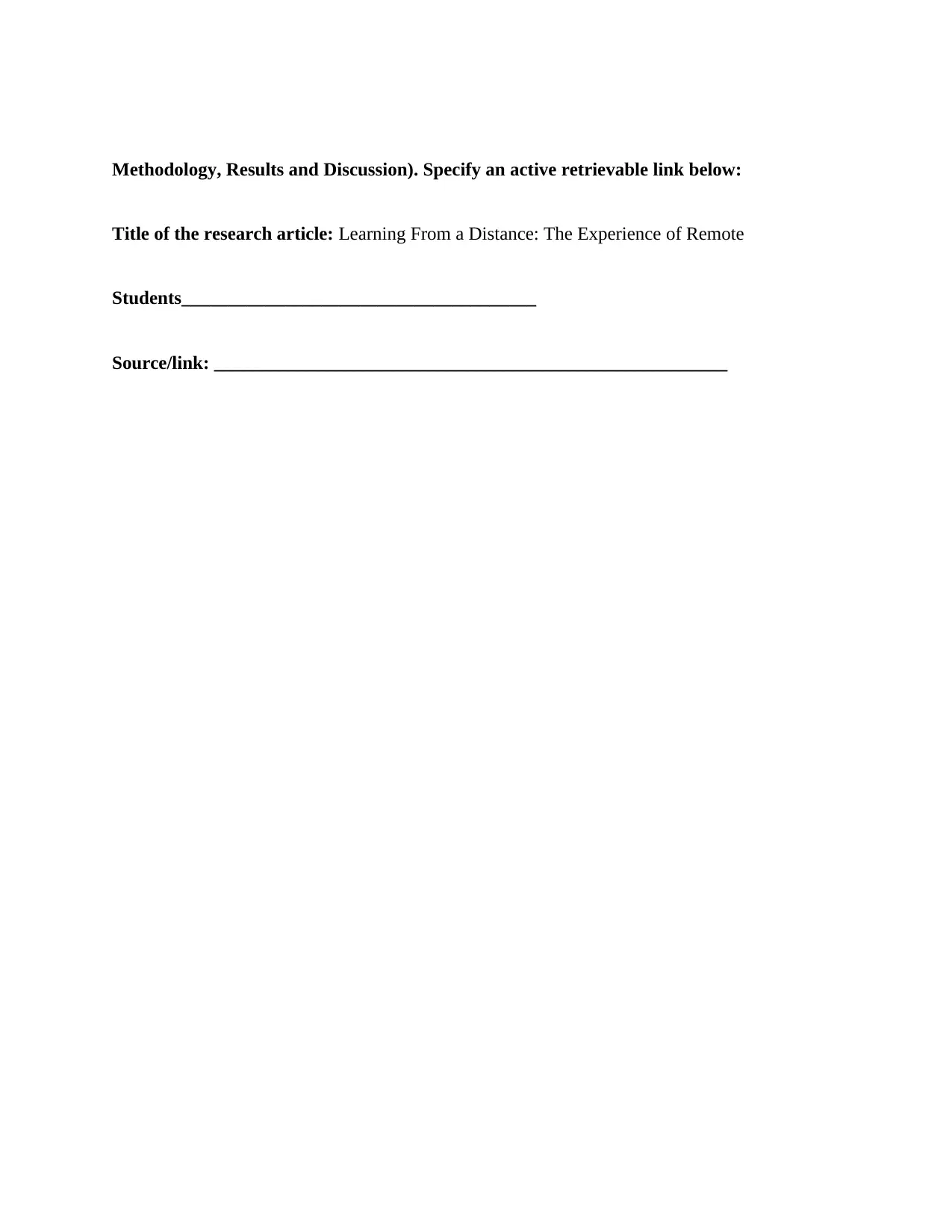
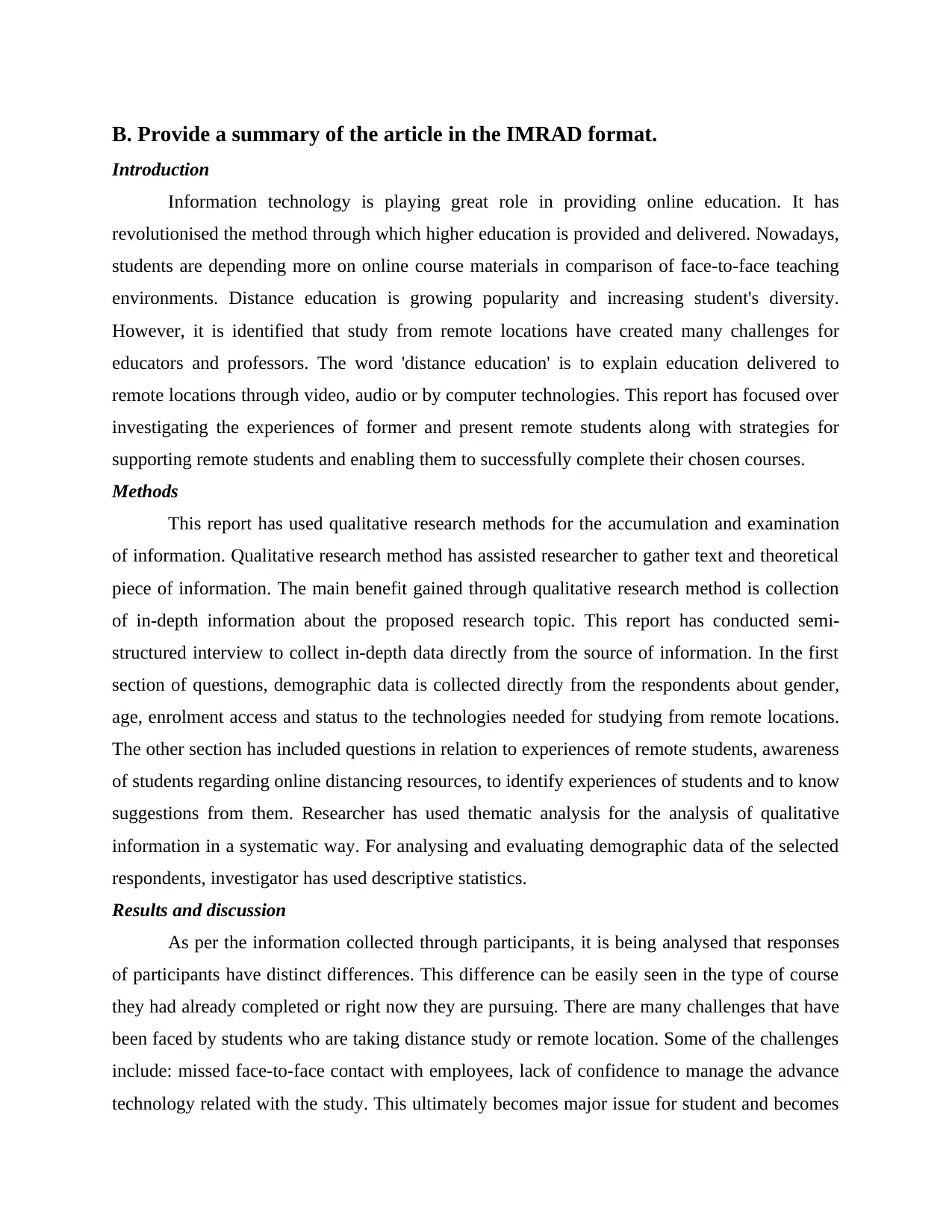
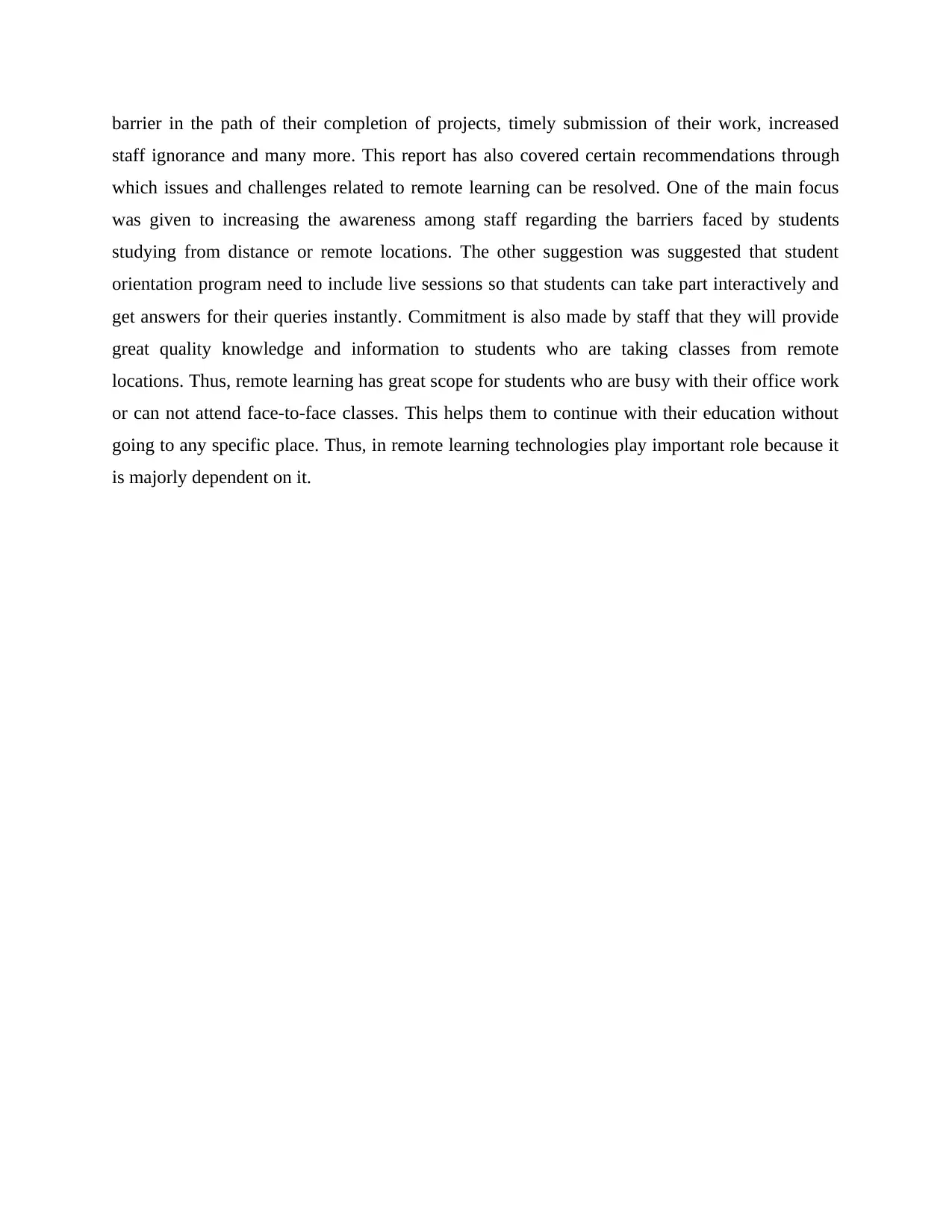
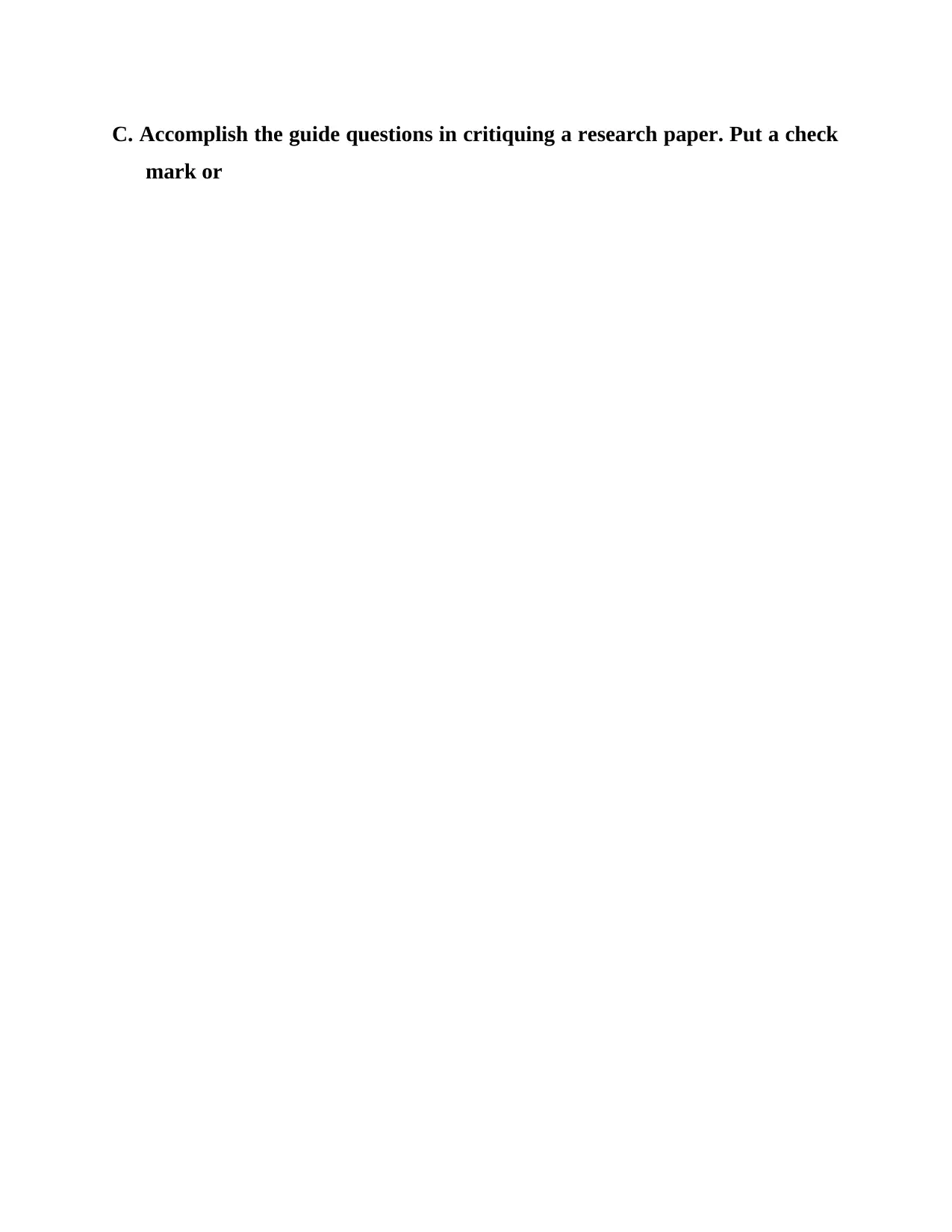

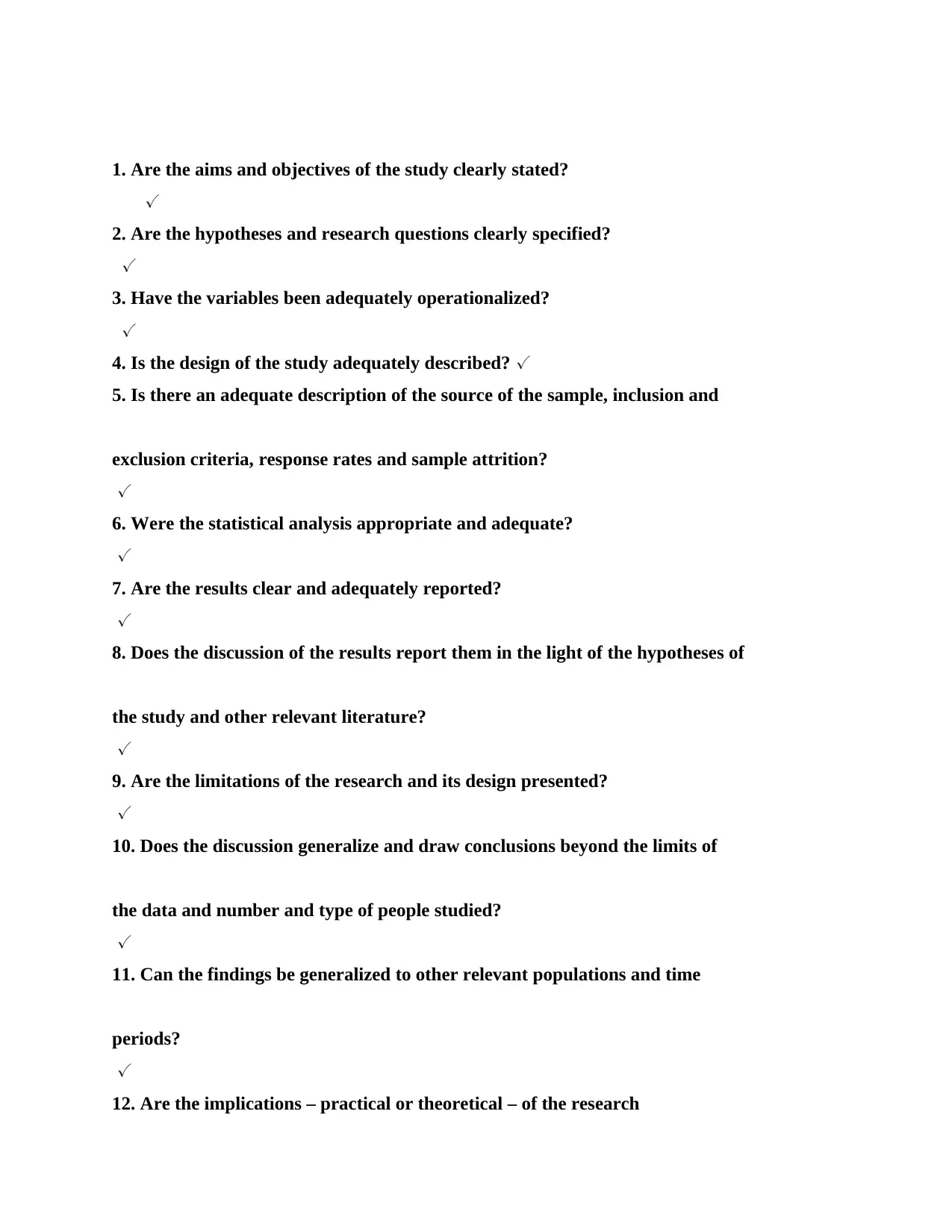
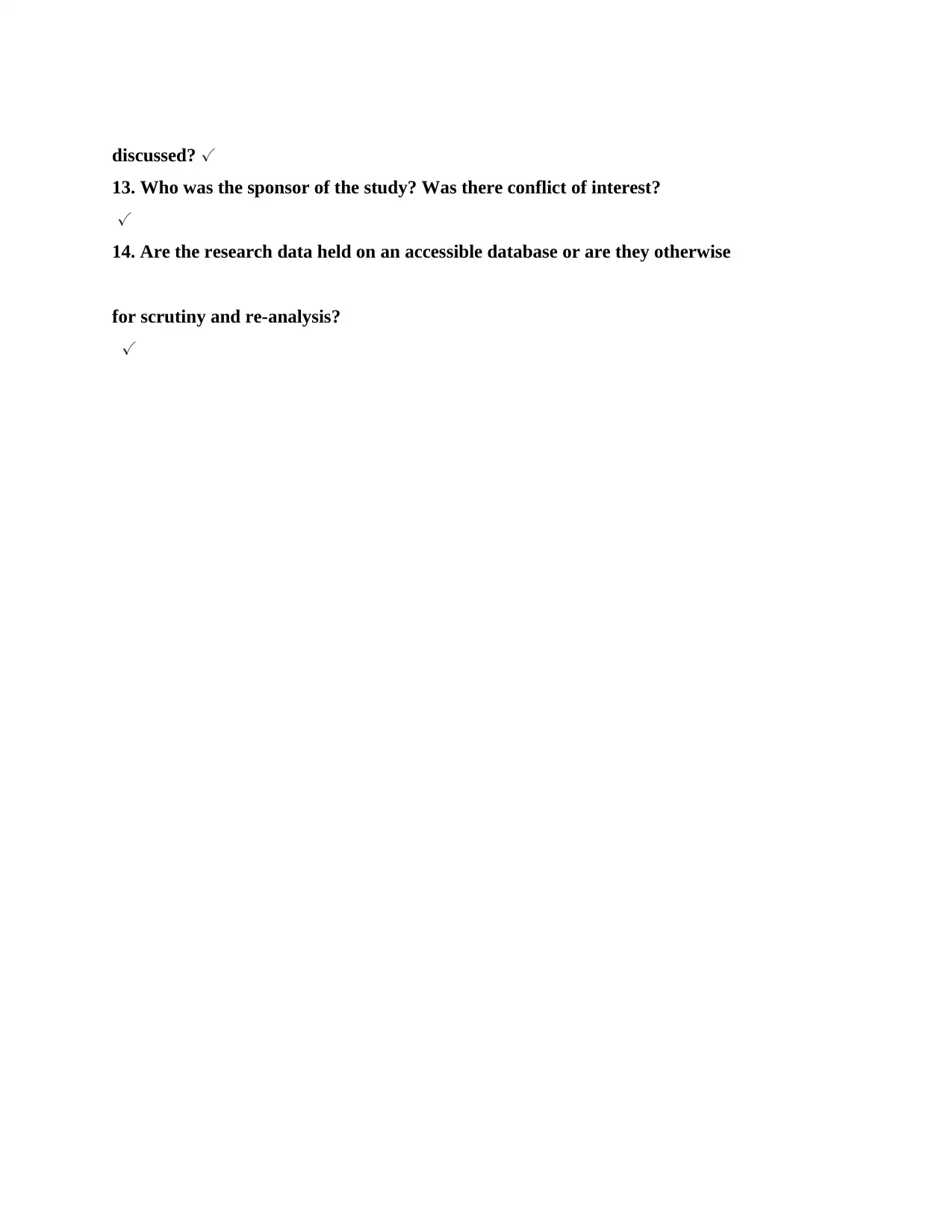
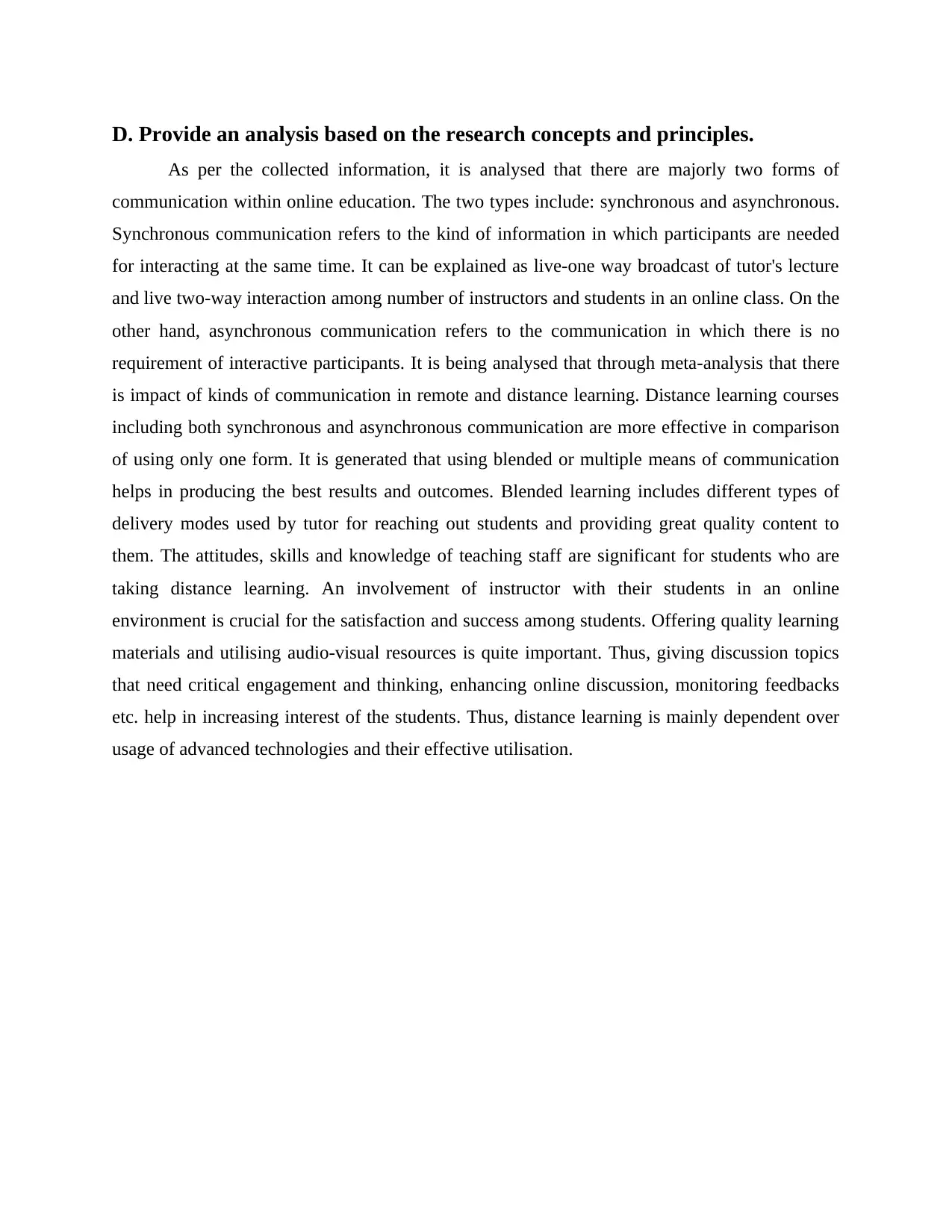
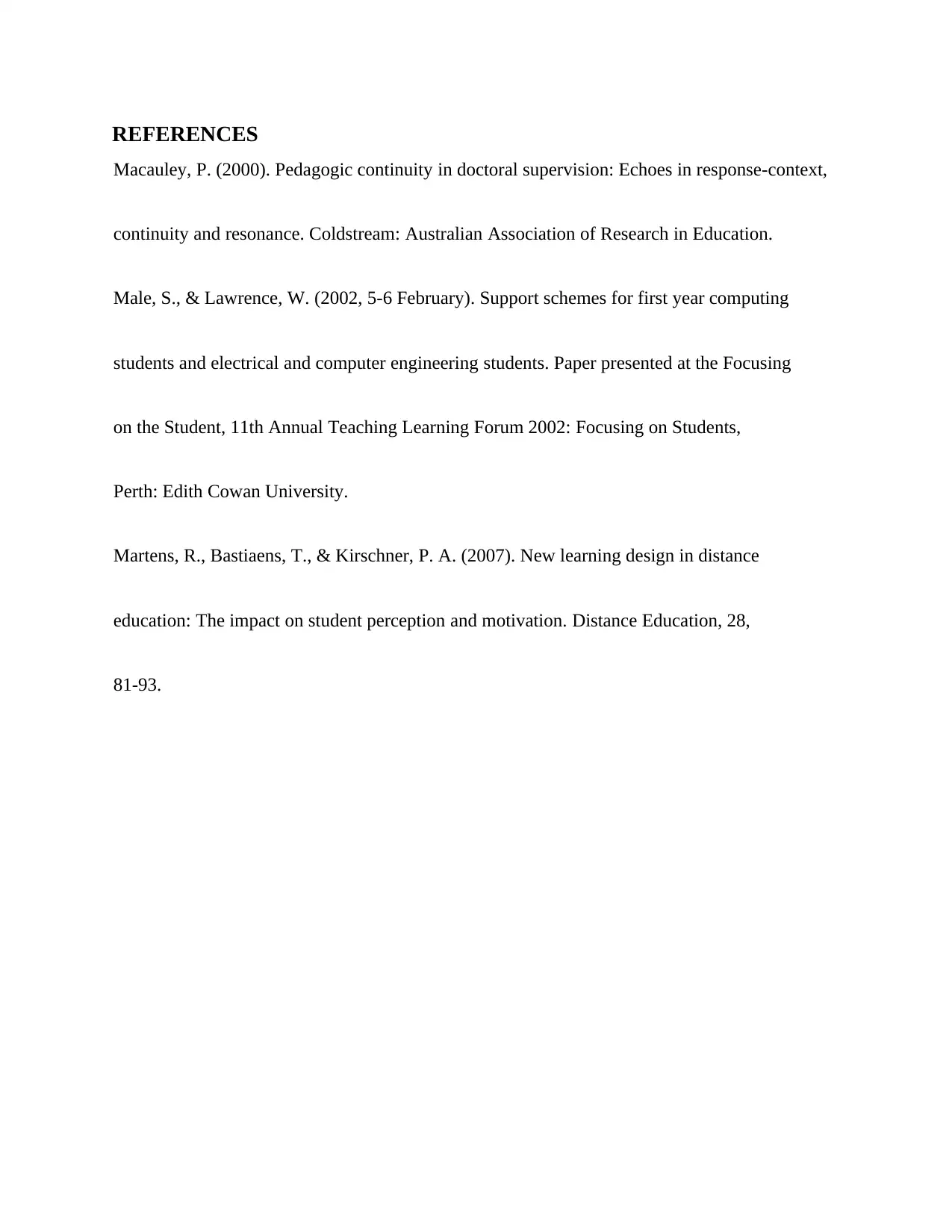






![[object Object]](/_next/static/media/star-bottom.7253800d.svg)